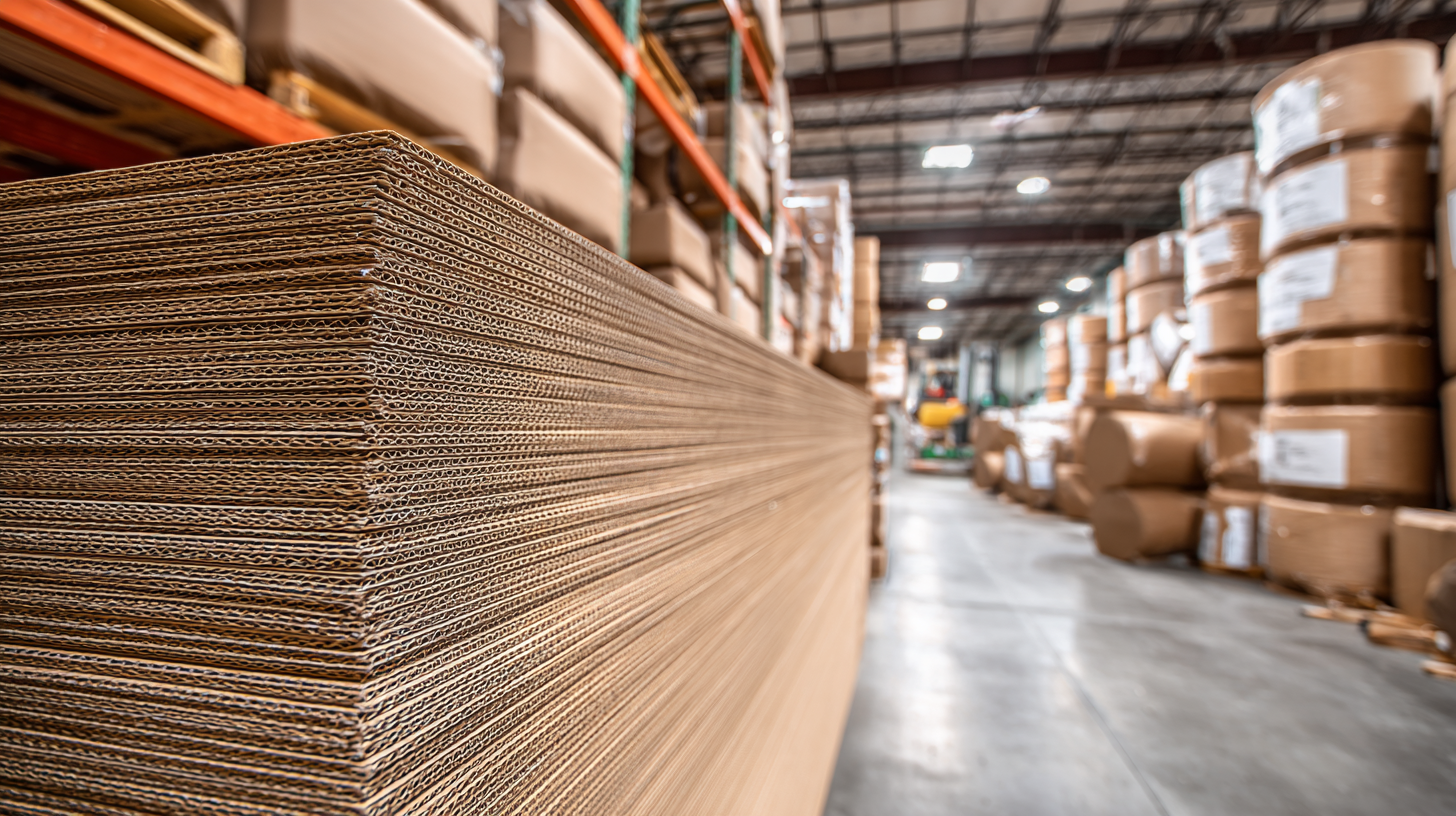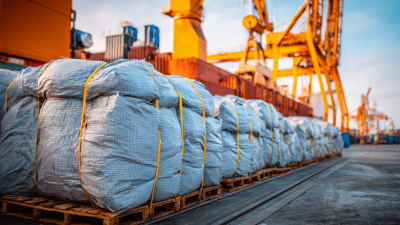
In the ever-evolving landscape of global manufacturing and packaging, the demand for efficient and sustainable materials has surged, making "Cardboard Edging" a vital component in various industries, including furniture, electronics, and logistics. According to recent reports from Smithers Pira, the worldwide market for protective packaging, which includes cardboard edging, is projected to surpass $40 billion by 2025, driven by the rising need for damage prevention during transportation and storage. Furthermore, the adoption of eco-friendly solutions in packaging has prompted manufacturers to seek innovative sourcing practices that ensure high-quality, cost-effective, and sustainable cardboard edging solutions. This blog aims to explore the seven best practices for sourcing cardboard edging globally, offering insights that can help businesses enhance their supply chain efficiency while meeting stringent environmental standards.

When sourcing cardboard edging globally, understanding the quality of materials is paramount. High-quality cardboard edging ensures not only durability and protection for products during transit but also contributes to sustainability initiatives. In an era where businesses are striving for greener practices, opting for high-quality, recyclable materials can enhance a company's reputation and reduce its environmental footprint.
Tip 1: Conduct thorough supplier assessments to ensure they adhere to international quality standards. This may involve visiting production facilities or requesting certifications that validate their processes and materials.
Moreover, leveraging technology can significantly improve the sourcing process. For example, emerging advancements in AI and digital twin technology can optimize supply chain management and provide real-time data on material quality. Incorporating these technologies can help businesses make informed decisions, mitigating risks associated with poor-quality sourcing.
Tip 2: Engage in continuous research and development collaboration with suppliers to innovate and improve the quality of cardboard edging. By building strong partnerships, companies can ensure a consistent supply of high-quality materials that meet evolving market demands.
When sourcing cardboard edging from global suppliers, identifying reliable partners is crucial for maintaining quality and efficiency in production. According to a recent report by Smithers Pira, the global demand for cardboard products is expected to grow at an annual rate of 3.7% through 2025. This increase is driven by rising e-commerce activities and the need for sustainable packaging solutions, necessitating robust partnerships with suppliers who understand market dynamics and innovation.
To find trustworthy suppliers, it is essential to consider their certifications and industry track record. A survey conducted by the Packaging Manufacturers Association reported that 82% of companies prioritize suppliers who adhere to international standards like ISO 9001 and FSC certification. Additionally, establishing clear communication and regular audits can help strengthen supplier relationships. Engaging with suppliers from established markets such as Europe and North America often yields higher reliability due to stricter regulatory compliance and quality assurance practices. By leveraging market insights and prioritizing supplier credibility, businesses can ensure a steady supply of quality cardboard edging that meets their operational needs.
In recent years, sustainability has become a pivotal concern in the production of cardboard edging. The global cardboard packaging market, valued at approximately $400 billion in 2020, is projected to grow significantly as consumers and businesses alike demand more environmentally responsible solutions. According to a report by Smithers, nearly 75% of consumers prefer products packaged in sustainable materials, underlining the importance of evaluating sustainability practices in cardboard edging production.
One critical aspect of sustainable practices is the sourcing of raw materials. Companies are increasingly opting for post-consumer recycled content, which can reduce carbon footprints by more than 30% compared to traditional sourcing methods. Furthermore, the use of eco-friendly adhesives and coatings can minimize environmental impact, fostering a closed-loop system that aligns with circular economy principles. The challenge lies in ensuring that these materials are sourced responsibly and transparently, with traceability measures in place to verify sustainability claims. As brand loyalty becomes increasingly tied to sustainability, companies that invest in these practices will likely find themselves well-positioned in a competitive marketplace.

In the global sourcing of cardboard edging, compliance and regulations play a critical role in ensuring a smooth procurement process. According to a report from Smithers Pira, the global demand for cardboard packaging is expected to reach 491 million tons by 2024, highlighting the importance of adhering to international standards. Countries have varying regulations regarding materials used in packaging, and companies must navigate these complexities to avoid costly delays. For instance, the European Union has stringent requirements around the recyclability and sustainability of cardboard products, driven by the Circular Economy Action Plan, which aims to promote waste reduction and resource efficiency.

Moreover, understanding the compliance frameworks is essential for manufacturers and suppliers alike. The International Organization for Standardization (ISO) 14001, which focuses on effective environmental management systems, is increasingly becoming a benchmark for businesses striving to source responsibly. Companies that fail to meet these standards may not only face legal repercussions but also damage their reputations in a market that is progressively leaning towards sustainability. A recent study by Packaging Insights indicates that over 75% of consumers prefer brands that endorse eco-friendly practices, making regulatory compliance not only a legal requirement but a competitive advantage in global cardboard edging procurement.
In the dynamic landscape of global sourcing, leveraging technology has become essential for companies seeking efficient cardboard edging solutions. By adopting digital tools like supply chain management software and data analytics, businesses can streamline their sourcing processes, resulting in reduced costs and improved responsiveness. These technologies facilitate better visibility into supplier performance and inventory management, allowing companies to make informed decisions quickly.
Moreover, the rise of e-commerce platforms and online marketplaces has revolutionized the way companies connect with suppliers worldwide. Businesses can now access a broader range of vendors, compare pricing in real-time, and evaluate quality through customer reviews and ratings. This transparency not only enhances sourcing efficiency but also fosters competitive pricing strategies.
By integrating these technological advancements into their sourcing practices, companies can achieve greater operational agility and resilience in the face of market fluctuations.












